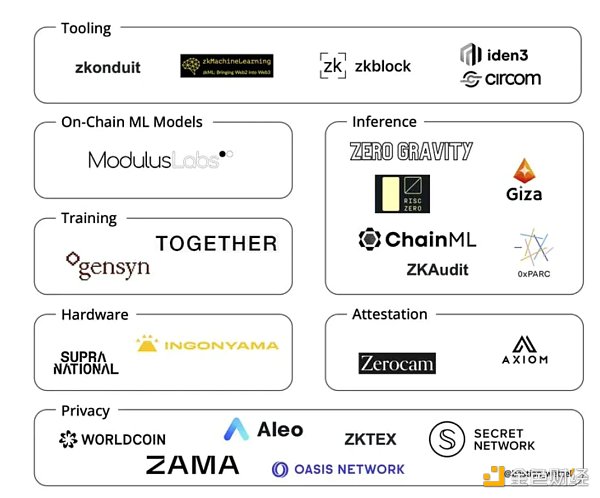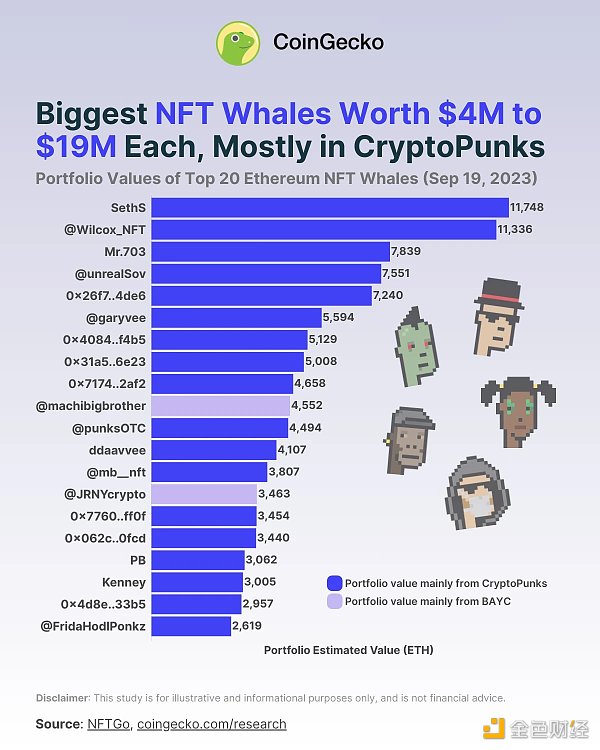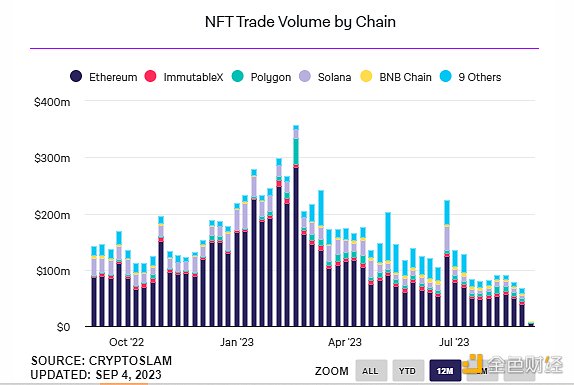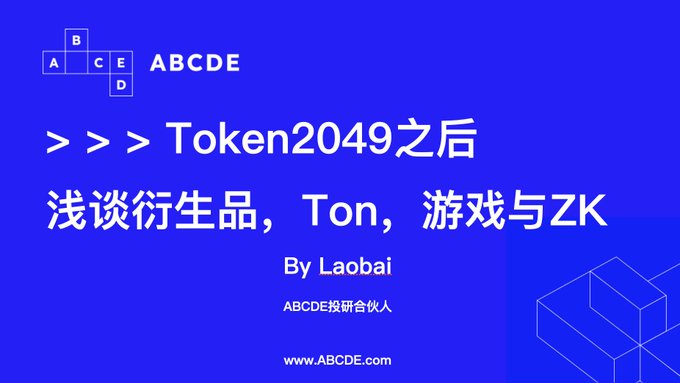Web3 without AI has no soul. How ZKML Reshapes the Relationship Between AI and Blockchain
ZKML transforms AI and blockchain relationship. Web3 needs it for soul.Recently, Nvidia released its Q1 earnings report with revenue of $7.19 billion, exceeding market expectations of $6.52 billion, a gross margin of 64.6%, adjusted earnings per share of $1.09, and market expectations of $0.92. As Nvidia’s financial report exceeded expectations, chip stocks in the US market rose collectively in after-hours trading, with Nvidia rising by as much as 29.35% and the stock price reaching as high as $395, a record high. The market value of Nvidia approached $1 trillion, and the demand for AI chips far exceeded expectations. Nvidia’s market value skyrocketed by $184 billion in a single trading day, surpassing the total market value of three Bitcoins.
During the earnings call, Nvidia CEO Jensen Huang mentioned the broad prospects of AI applications, stating that the computer industry is undergoing two transitions simultaneously: accelerated computing and generative AI. Enterprises are racing to apply generative AI to various products, services, and business processes, and the trillion-dollar installed data center market worldwide is shifting from general computing to accelerated computing.
Currently, almost all top US dollar funds and institutions are closely watching the AIGC track, actively building selection systems to quickly construct selection systems, fearing that they will miss the train to the era. According to relevant data, the total financing amount of the global AIGC industry will reach 3.811 billion yuan, and the financing frequency will be 17 times in the first quarter of 2023. The rise of one trend often represents the decline of another. People are gradually questioning WEB3 in various ways: “Capital is looking at AI, WEB3 regulation is tightening, and the narrative is not working well”, “AI looks more reliable and easier to produce unicorns than WEB3.”
Collective stories have defined our culture and enriched our understanding of the world since the dawn of human history, and the importance of narrative is self-evident. Now, artificial intelligence storytelling is gradually penetrating people’s hearts and even infiltrating the Web3 field. Industry insiders have begun to propose that “Web3 without AI has no soul,” and more than half of Web3 companies have started to turn to AI. So, how will AI+Web3 integrate? Recently, the emerging combination of ZKML narrative derived from zero-knowledge proof and machine learning has become popular. How will it coordinate artificial intelligence and Web3 to establish a trustworthy, decentralized future?
- Blockchain’s Ambition: Anti-Keynesianism, Public Life, and Transhumanism
- Evening Must-read | How Blockchain and Ethereum are Changing the World
- Interpreting the Performance of 14 L1 Public Chains in Q1: Stacks Emerges as Dark Horse, Network Usage Rate Generally Decreases
1. AI needs Web3, and vice versa
CoinDesk’s chief content officer Michael Casey said, “It’s a mistake to think of cryptocurrency and artificial intelligence as unrelated technologies. They complement each other and improve each other.”
Web3, cryptocurrencies, and blockchain have addressed a longstanding social challenge since the advent of the internet – how to maintain secure and valuable information in a decentralized environment. They address humanity’s trust issues with information by adopting new systems that feature distributed records and incentive mechanisms. These systems help communities of strangers maintain open data records collectively, allowing them to distribute and share valuable or sensitive information without intermediaries.
We are currently rapidly advancing towards the era of full artificial intelligence, and the challenges that come with this era are daunting. These challenges span multiple aspects, from protecting copyright in inputs to large language models (LLMs), to avoiding biased errors in their outputs, to the “liar dividend” that we currently cannot accurately distinguish between real content and artificially created fake information. There is no simple solution to ensure that humans are not negatively impacted by AI. Any solution cannot rely on outdated 20th-century regulatory and technical frameworks to address these issues. We urgently need a decentralized governance system to tackle the challenges of how to produce, validate, and share information in this new era.
Regardless of whether the current Web3 can provide the necessary solutions, blockchain technology has played a role in addressing these issues. Immutable ledgers allow us to track the origin of images and other content, preventing deep fakes. This technology can also be used to verify the integrity of data sets for machine learning AI products. Cryptocurrencies provide a borderless digital payment method that can be used to reward people globally who contribute to AI training, and projects such as Bittensor are working to establish tokenized blockchain-government communities to incentivize AI developers to build human-friendly models. In contrast, privately owned AI systems often prioritize shareholder interests over user rights.
There is still a long way to go before these ideas can be realized and scaled. We will need to integrate a range of other technologies, such as zero-knowledge proofs (ZK), homomorphic encryption, secure computation, digital identity and decentralized credentials (DID), the Internet of Things, and more. In addition, we will need to address challenges such as privacy protection, punishing bad behavior, encouraging people-centric innovation intelligence, and multi-party legislative regulation.
2. How ZKML Builds a Bridge between AI and Blockchain
Recently, ZKML, an emerging combination of zero-knowledge proofs and machine learning, has been widely discussed. Currently, deploying machine learning (ML) is becoming increasingly complex. Many enterprises rely heavily on service providers such as Amazon, Google, and Microsoft to deploy complex machine learning models. However, these services are becoming increasingly difficult to audit and understand. As consumers of AI services, how can we trust the effectiveness of the predictions provided by these models?
As a bridge between artificial intelligence and blockchain, ZKML solves the privacy protection problem of AI models and inputs, while ensuring the verifiability of the inference process. It provides a solution that allows public models to be used when verifying private data, or private models to be used when verifying public data. By adding machine learning capabilities, smart contracts can become more autonomous and dynamic, allowing them to process real-time on-chain data rather than static rules. This way, smart contracts will be more flexible and able to adapt to more scenarios, even those that were not anticipated when the contract was initially created.
Currently, one of the difficulties in widely adopting machine learning algorithms on the blockchain is their high computational cost. Since millions of floating-point operations cannot be directly executed on the Ethereum Virtual Machine (EVM), running these models on the chain has become a challenge. In addition, the trust issue of machine learning models is also an obstacle, as the parameters and input data sets of the models are usually private, and the algorithm and operation process of the model are like an opaque “black box”, which may cause trust issues between the model owners and the model users. However, these problems can be overcome through ZKML technology. ZKML allows anyone to run a model off-chain and generate a concise and verifiable proof that the model does indeed produce a specific result. This proof can be published on the chain and verified by a smart contract. This means that model users can verify the results of the model without having to know the specific parameters and operation details of the model, thus solving the trust issue.

From the above chart, we can see that ZKML technology has the characteristics of computational integrity, heuristic optimization, and privacy protection. This technology has a wide range of applications in the Web3 field and is rapidly developing. More and more teams and individuals are joining this field, promoting the development of various ZKML projects with huge potential.
3. ZKML Project Analysis
The following are some potential ZKML projects.
1, Worldcoin
Worldcoin is applying ZKML to build a privacy-preserving identity proof protocol. World ID users will be able to self-store their biometrics (such as irises) in encrypted storage on their mobile devices, download ML models for generating IrisCode, and create zero-knowledge proofs locally. The received smart contract can prove that their IrisCode has been successfully created.
Then, it can be used to perform useful operations such as membership verification and voting. They currently use a trusted execution environment with a secure enclave to verify the iris scan signed by the camera, but their ultimate goal is to use ZKP to prove that the neural network correctly infers the encryption-level security and ensure that the output of the ML model does not leak user’s personal data.
2, Modulus Labs
Modulus Labs is one of the most diverse projects in the ZKML field, dedicated to related research while actively building on-chain AI application examples. Modulus Labs demonstrates the use cases of zkML through RockyBot (on-chain transaction robot) and Leela vs. the world (an international chess game where everyone competes with a verified Leela chess engine instance). The team also delves into research and writes The Cost of Intelligence, which benchmarks the speed and efficiency of various verification systems for different-sized models.
3, Giza
Giza is a protocol that can deploy AI models on the chain in a completely trustless manner. The technology stack it uses includes the ONNX format for machine learning models, the Giza Transpiler for converting these models to the Cairo program format, the ONNX Cairo Runtime for executing models in a verifiable and deterministic manner, and the Giza Model smart contract for deploying and executing on-chain models. Giza is generally a chain compiler from machine learning models to proofs, providing an alternative path for the development of on-chain AI.
4, Zkaptcha
Zkaptcha focuses on the problem of robots in Web3, providing captcha services for smart contracts to protect them from robot attacks and creating smart contracts that resist witch attacks using zero-knowledge proofs. Currently, the project generates a human proof of work by completing the captcha captcha, which is verified by on-chain validators and accessed by smart contracts through a few lines of code. In the future, Zkaptcha will inherit zkML and launch a Web 2-like captcha service, and can even analyze mouse movements and other behaviors to determine if the user is a real person.

Currently, it seems that the zkML track is still in its early stages, but we have reason to believe that the power of zkML can bring better prospects and development to crypto. We also look forward to more diverse products emerging in this field, with zk technology and crypto providing a secure and trustworthy environment for ML operations. In addition to product innovation, the future may also give rise to innovations in crypto business models, because in this wild and anarchic Web 3 world, decentralization, crypto technology, and trust are the most fundamental infrastructure.
Conclusion
Establishing trust in an increasingly complex and uncertain digital world has always been a core challenge for AI and Web3. However, the integration of AI and Web3 brings great hope for building a trusted, secure, and decentralized future. For developers, technical experts, policy makers, and society as a whole, it is crucial to shape the future of AI and Web3 together. Perhaps we can create an era of smart Internet beyond imagination.
Reference
https://worldcoin.org/blog/engineering/intro-to-zkml#motivation-and-current-efforts-in-zkml
https://github.com/worldcoin/awesome-zkml
https://www.coindesk.com/consensus-magazine/2023/05/19/why-web3-and-the-ai-internet-belong-together/
Copyright statement: If you need to reprint, please contact the assistant on WeChat. Without permission, reprinting or washing will result in the right to pursue legal responsibility on our side.
Disclaimer: The market is risky and investment needs to be cautious. When considering any opinions, views, or conclusions in this article, readers should strictly abide by local laws and regulations, and the above content does not constitute any investment advice.
We will continue to update Blocking; if you have any questions or suggestions, please contact us!
Was this article helpful?
93 out of 132 found this helpful
Related articles
- Understanding the Equity Staking Mechanism of Blockchain, Oracle, and DeFi in one article
- How to find the address of a whale that earned 50 times in 3 days using existing resources?
- Analysis of Beijing’s Internet 3.0 White Paper (Full Text Included): Separating from Web 3.0, Focusing on Artificial Intelligence and Metaverse
- Blockchain Capital: Why did we lead the investment in Worldcoin? We believe it will become the largest gateway to the crypto world.
- Blockchain Capital: Why did we lead the investment in Worldcoin?
- Understanding the Launch Rules of Neutron, the First Consumer Chain in the Cosmos Ecosystem
- Worldcoin has completed a $115 million C round of financing, led by Blockchain Capital.






